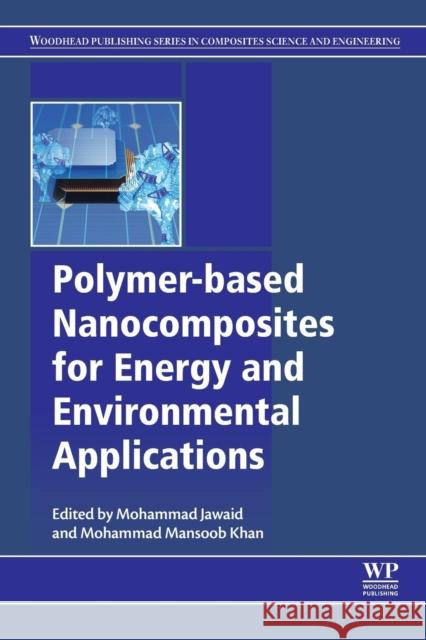Polymer-Based Nanocomposites for Energy and Environmental Applications » książka
topmenu
Polymer-Based Nanocomposites for Energy and Environmental Applications
ISBN-13: 9780081022627 / Angielski / Miękka / 2018 / 700 str.
Kategorie:
Kategorie BISAC:
Wydawca:
Woodhead Publishing
Seria wydawnicza:
Język:
Angielski
ISBN-13:
9780081022627
Rok wydania:
2018
Numer serii:
000467182
Ilość stron:
700
Waga:
0.91 kg
Wymiary:
22.91 x 15.19 x 3.56
Oprawa:
Miękka
Wolumenów:
01
Dodatkowe informacje:
Bibliografia











